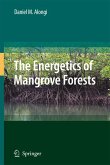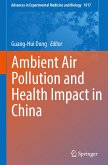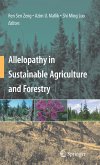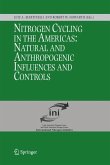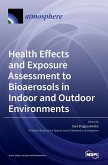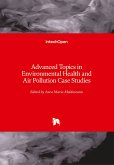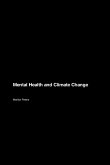With a population of more than eighteen million people, Mexico City is a major metropolitan area where the effects of urban development on air quality are of immediate concern. Air pollution exposures and effects on forests in the Mexico City Air Basin are in many respects similar to those reported in the Los Angeles, California Air Basin. Studies of air pollution impacts on forests in these two regions may serve as models for urban areas all over the world. Although scientists have studied air pollution and its effects on forests and vegetation in the Mexico City Air Basin for years, this book reviews and synthesizes this body of work for the first time. This synthesis is particularly valuable as air pollution increases at an alarming rate along with global urbanization. A thorough discussion of regional geology, climate and hydrology, historical natural resource utilization, and sociological factors provide the context for evaluating air pollution impacts on the highly valued forests surrounding this megacity. The environmental and ecological consequences of chronic exposure to biologically important pollutants are considered in various case studies. Finally, the editors discuss the state of air pollution research in the Mexico City Air Basin and the outlook for the health and sustainability of forests within the Basin.
At present, roughly half of the world's population lives in urban centers. There are now more than 20 cities with a population of over 10 million inhabitants, compared to less than 5 about 50 years ago. This tendency toward urbanization is expected to continue, particularly in the developing world. A consequence of this growing trend is that millions of people are being exposed to harmful levels of urban air pollutants caused mainly by emissions from motor vehicles and from industrial and domestic activities involving the combustion of fossil fuels. The driving force for the design and implementation of emission control strate gies aimed at improving air quality has been the protection of the health of the population in urban centers. There are, however, other consequences of the pres ence of air pollutants besides the direct effect on human health. Reduced visibil ity, damage to monuments and buildings, and many other such consequences indirectly affect our quality of life. Another set of consequences involves damage to ecological systems. In fact, the nature of "photochemical smog" was first uncovered in the 1950s in connection with observations of its harmful effects on crops and plants in the vicinity of Los Angeles.
Hinweis: Dieser Artikel kann nur an eine deutsche Lieferadresse ausgeliefert werden.
At present, roughly half of the world's population lives in urban centers. There are now more than 20 cities with a population of over 10 million inhabitants, compared to less than 5 about 50 years ago. This tendency toward urbanization is expected to continue, particularly in the developing world. A consequence of this growing trend is that millions of people are being exposed to harmful levels of urban air pollutants caused mainly by emissions from motor vehicles and from industrial and domestic activities involving the combustion of fossil fuels. The driving force for the design and implementation of emission control strate gies aimed at improving air quality has been the protection of the health of the population in urban centers. There are, however, other consequences of the pres ence of air pollutants besides the direct effect on human health. Reduced visibil ity, damage to monuments and buildings, and many other such consequences indirectly affect our quality of life. Another set of consequences involves damage to ecological systems. In fact, the nature of "photochemical smog" was first uncovered in the 1950s in connection with observations of its harmful effects on crops and plants in the vicinity of Los Angeles.
Hinweis: Dieser Artikel kann nur an eine deutsche Lieferadresse ausgeliefert werden.
From the reviews: "The book makes an important contribution to the development of regulations and strategies designed to control air pollution. It provides an excellent starting point for all those interested in the topic of air pollution and its effects on forests. The book's strength lies in the extensive collection of case studies which clearly depict the impact of pollutants on the species analysed as well as the ecological consequences of such exposure." (Alicia Chacalo Hilu, Urban Forestry & Urban Greening, Issue 4, 2006)


